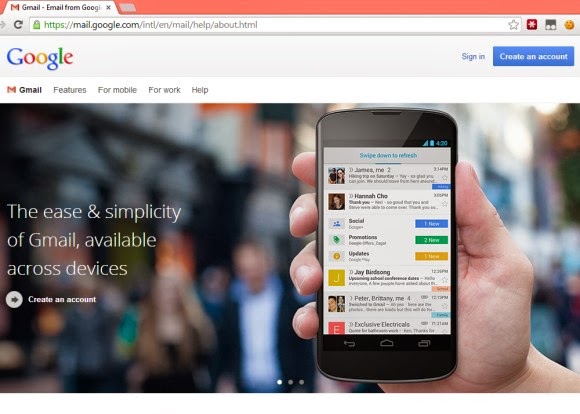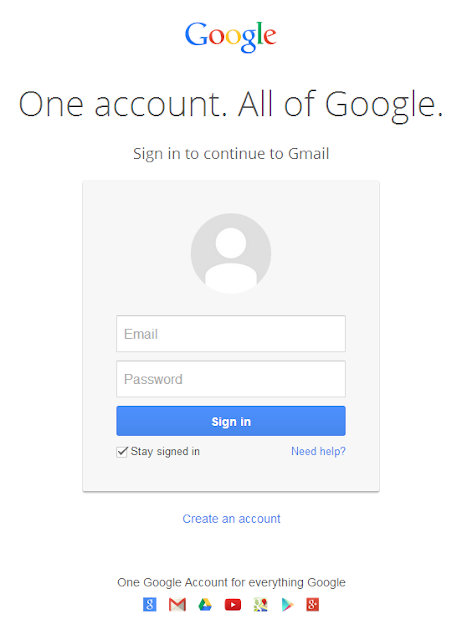
RAM is always an important issue when it comes to mobile devices, especially if they run Android. High-end phones and tablets now have 2GB or 3GB of RAM, but many low-end devices only have 512MB of RAM and they still need to provide a decent experience. One of the main KitKat goals is to run well on devices with 512 MB of RAM. "Changes across the system improve memory management and reduce memory footprint. Core system processes are trimmed to use less heap, and they now more aggressively protect system memory from apps consuming large amounts of RAM."
Most US carriers block Google Wallet and Google wanted to address this. "Android 4.4 introduces new platform support for secure NFC-based transactions through Host Card Emulation (HCE), for payments, loyalty programs, card access, transit passes, and other custom services. With HCE, any app on an Android device can emulate an NFC smart card, letting users tap to initiate transactions with an app of their choice - no provisioned secure element (SE) in the device is needed." If this works properly, Google Wallet's adoption problems could be solved.
Android 4.4 introduces native support for printing. "Android apps can now print any type of content over Wi-Fi or cloud-hosted services such as Google Cloud Print. In print-enabled apps, users can discover available printers, change paper sizes, choose specific pages to print, and print almost any kind of document, image, or file."
There's also an API that does for file pickers what the sharing buttons do for sending data. When you want to select a file to open it in your favorite app, Android 4.4 can show an interface that lets you pick a file from both local sources and cloud storage services. "A new storage access framework makes it simple for users to browse and open documents, images, and other files across all of their their preferred document storage providers. A standard, easy-to-use UI lets users browse files and access recents in a consistent way across apps and providers."

Android KitKat focuses a lot on improving battery life. "With sensor batching, Android works with the device hardware to collect and deliver sensor events efficiently in batches, rather than individually as they are detected. This lets the device's application processor remain in a low-power idle state until batches are delivered." You can also listen to more music. "Audio tunneling can dramatically improve battery life for use-cases such as listening to music over a headset with the screen off. For example, with audio tunneling, Nexus 5 offers a total off-network audio playback time of up to 60 hours, an increase of over 50% over non-tunneled audio."
There's a completely new phone app that shows the people you call often. "You can also search for nearby places and businesses, your contacts, or people in your Google Apps domain. Whenever you get a call from a phone number not in your contacts, your phone will look for matches from businesses with a local listing on Google Maps."

The features of the Messages app have been added to the Hangouts app, which now allows you to send SMS and MMS, while also displaying the messages you receive. The main goal of Hangouts was to provide a unified communication service and it's almost there. Google Voice integration will probably have to wait until next year.

Immersive mode, fullscreen apps. You can call them however you like. For those who found Chrome's fullscreen mode useful, they're in for a treat: there's an upgraded version in Android KitKat. "The book you're reading, the game you're playing, or the movie you're watching — now all of these take center stage with the new immersive mode, which automatically hides everything except what you really want to see. Just swipe the edge of the screen to bring back your status bar and navigation buttons."

Android has a new animation framework for transitions, which was inspired by Apple's Keynote app. For an almost-immersive experience, apps can use new window styles to request translucent system bars. Android's icons from the system bars are white, they're no longer blue.

When you're playing music, Android shows full-screen album art on the lockscreen. You can also say "ok Google" to use Google Voice Search directly from the lockscreen. Google Now cards are one swipe away from the homescreen: just swipe to the right.
The Chrome engine powers the embedded WebViews used by apps, there's a screen recording utility and there's native support for DASH (adaptive streaming).
Android 4.4 brings support for IR blasters and two new Bluetooth profiles. "Bluetooth HID over GATT (HOGP) gives apps a low-latency link with low-power peripheral devices such as mice, joysticks, and keyboards. Bluetooth MAP lets your apps exchange messages with a nearby device, for example an automotive terminal for handsfree use or another mobile device." There's also support for composite sensors: step detector and step counter.
The first Android device that runs KitKat is Nexus 5, a 5-inch phone manufactured by LG. It's lighter and thinner than Nexus 4, even though it has a bigger Full HD display. With a powerful SoC (Snapdragon 800), an improved 8MP camera with optical image stabilization, dual-band WiFI a/b/g/n/ac, LTE and a new look and feel inspired by the new Nexus 7, Google's new phone is one of the best devices you can buy. "Nexus 5 is available today, unlocked and without a contract, on Google Play in the U.S., Canada, U.K., Australia, France, Germany, Spain, Italy, Japan and Korea (and coming soon to India), starting at $349," informs Google. You can choose between 4 versions: 16GB/32GB, white/black. The 32GB versions cost $399.

Here's a hands-on video:
Android 4.4 updates for Nexus 4, 7, 10 will be available in the coming weeks. Galaxy Nexus won't get the update because it "falls outside of the 18-month update window when Google and others traditionally update devices."











































